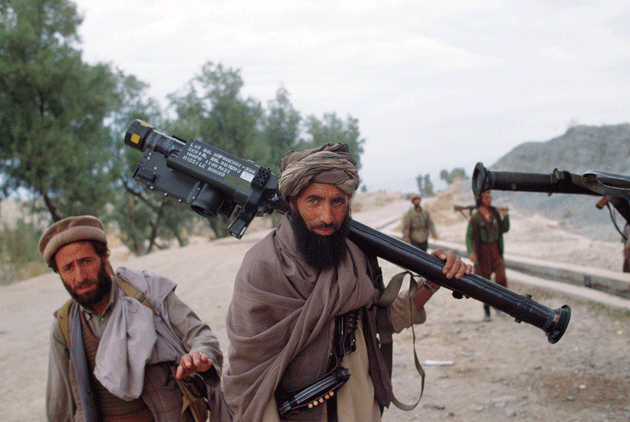Date: Sun, 20 Mar 2016 00:09:15 +0100
One morning early in 1988, Ed McWilliams, a foreign-service officer posted to the American Embassy in Kabul, heard the thump of a massive explosion from somewhere on the other side of the city. It was more than eight years after the Russian invasion of Afghanistan, and the embassy was a tiny enclave with only a handful of diplomats. McWilliams, a former Army intelligence operative, had made it his business to venture as much as possible into the Soviet-occupied capital. Now he set out to see what had happened.
It was obviously something big: although the explosion had taken place on the other side of Sher Darwaza, a mountain in the center of Kabul, McWilliams had heard it clearly. After negotiating a maze of narrow streets on the south side of the city, he found the site. A massive car bomb, designed to kill as many civilians as possible, had been detonated in a neighborhood full of Hazaras, a much-persecuted minority.
McWilliams took pictures of the devastation, headed back to the embassy, and sent a report to Washington. It was very badly received — not because someone had launched a terrorist attack against Afghan civilians, but because McWilliams had reported it. The bomb, it turned out, had been the work of Gulbuddin Hekmatyar, the mujahedeen commander who received more CIA money and support than any other leader of the Afghan rebellion. The attack, the first of many, was part of a CIA-blessed scheme to “put pressure” on the Soviet presence in Kabul. Informing the Washington bureaucracy that Hekmatyar’s explosives were being deployed to kill civilians was therefore entirely unwelcome.
“Those were Gulbuddin’s bombs,” McWilliams, a Rhode Islander with a gift for laconic understatement, told me recently. “He was supposed to get the credit for this.” In the meantime, the former diplomat recalled, the CIA pressured him to “report a little less specifically about the humanitarian consequences of those vehicle bombs.”
I tracked down McWilliams, now retired to the remote mountains of southern New Mexico, because the extremist Islamist groups currently operating in Syria and Iraq called to mind the extremist Islamist groups whom we lavishly supported in Afghanistan during the 1980s. Hekmatyar, with his documented fondness for throwing acid in women’s faces, would have had nothing to learn from Al Qaeda. When a courageous ABC News team led by my wife, Leslie Cockburn, interviewed him in 1993, he had beheaded half a dozen people earlier that day. Later, he killed their translator..............
Read it in PDF Attachment further:
Berhane Habtemariam
- application/pdf attachment: A_Special_Relationship-The_United_States_is_teaming_up_with_Al_Qaeda__again.pdf
